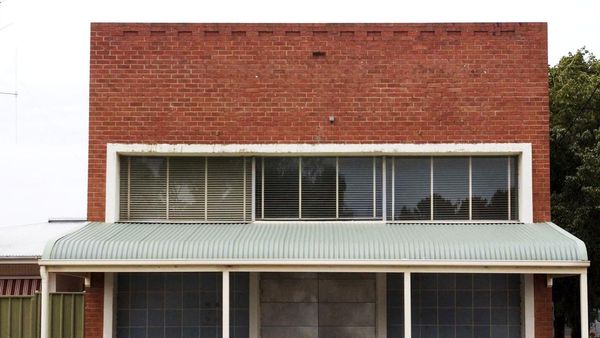
Rage Against the Machine are that rare thing: a protest band that aren’t faintly embarrassing. Although mainstream acceptance and chart success have taken the intimidating edge off their political rants – which target a vague combination of corporations and governments – there’s no denying the immense power of their music, and their often jaw-dropping musicianship.
The opening riff to Rage’s best-known song, Killing In The Name, is a sinister D plus octave of D#, with bassist Tim Commerford exploiting the wide frequency range of his Music Man StingRay, before his subsequent associations with Fender and then Lakland. It’s a prime example of how the bass guitar in a heavy-sounding, aggressive band can be supportive yet interesting, holding down the groove with robotic accuracy.
Listen below to the monstrous bass tone for which Commerford is known. It’s an iconic performance that deserves re-listening.
“Every band that I’ve ever been in, whether it’s Rage, Audioslave, Future User, whatever, everything is organic and starts in the room," said Commerford in the December 2021 issue of BP. "Some idea, whether it’s a drum beat or a bassline, happens, and we’re like, ‘How about this? Oh, that’s cool’ and then it just snowballs. Whenever we’d drop that bass riff, places would become unhinged.”
As for sounds, there’s no getting away from it – this is a StingRay. “I was 18 years old when I first saw a Music Man Stingray,” said Commerford. “It was a blonde one with a black pickguard, and it was at a pawnshop and it was $300. I wanted it so bad, and I scraped up the money, and I got it. That bass was the one that I used to record the first Rage record, and it was a big part of my life.”
Ernie Ball’s latest collaboration with Commerford follows the same blueprint except with four variants of the StingRay: a passive full-scale, an active full-scale, a passive short-scale, and an active short-scale. “Back in 2015 I was approached by Brian Ball, who’s the grandson of Ernie Ball, and he wanted to make me a bass. He gave me this Music Man StingRay – I think they call it the HH model. I was blown away by the construction, by the way that it sounds, the way it plays acoustically in my living room. I plug it in and I have to drastically change my settings on my amps: it sounded really, really good with my set-up.”
The basses all had standard pickups and controls and were streamlined in production numbers: each version was limited to just 50 units worldwide. “Over the years people have come to me and told me they wanted to make a bass for me, and I’ve always shied away from it, but with Music Man I’m really happy to say that this is a bass I’m part of, and that it was not made using exploitation of humans. It was made in a really awesome factory in San Luis Obispo where people are looked after and are happy. That happiness shows in how beautifully this instrument is made. This is the dopest bass that you can get!”
Rage Against the Machine is available to buy and stream.







